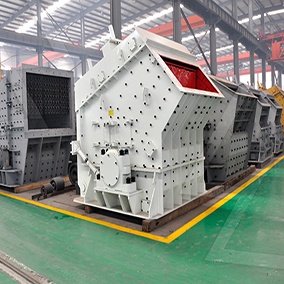Size grinding refers to a precision machining process used to achieve very tight dimensional tolerances and fine surface finishes on workpieces, typically in manufacturing. It involves the controlled removal of material using abrasive grinding wheels to achieve the desired size, shape, and surface quality.
 Key Aspects of Size Grinding:
Key Aspects of Size Grinding:
1. Purpose:
– Achieve exact dimensions (e.g., diameter, thickness) with high accuracy (often within microns).
– Improve surface finish for functional or aesthetic requirements.
2. Process Characteristics:
– Uses grinding wheels with fine abrasives (e.g., aluminum oxide, CBN, or diamond).
– Performed on specialized machines like cylindrical grinders, surface grinders, or centerless grinders.
– Often a final machining step after rough turning or milling.
3. Applications:
– Automotive parts (e.g., crankshafts, bearings).
– Aerospace components (e.g., turbine blades).
– Precision tools, gauges, and medical devices.
4. Types of Size Grinding:
– Cylindrical Size Grinding: For round parts (e.g., shafts).
– Surface Size Grinding: For flat surfaces (e.g., molds).
– Centerless Size Grinding: For high-volume production of cylindrical parts without centers.
5. Advantages:
– High precision (±0.001 mm or better).
– Excellent surface finish (low Ra values).
– Suitable for hard materials (e.g., hardened steel, ceramics).
 Difference from Conventional Grinding:
Difference from Conventional Grinding:
– Size grinding emphasizes *dimensional control* over general material removal, often involving multiple passes with incremental adjustments to hit exact specs.
Would you like details on a specific type of size grinding?





Leave a Reply